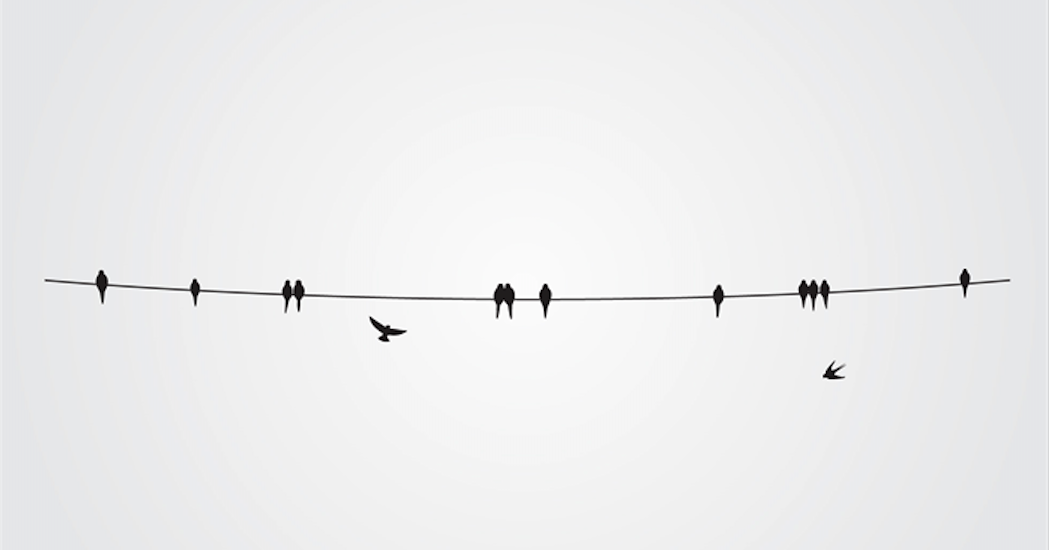Annelies Kusters, Amandine le Maire, Erin Moriarty (11 May 2021)
Note: this video was produced for the course “International Connections and International Sign Among Deaf people”, developed by OsloMet – Oslo Metropolitan University and Gallaudet University.
The term “mobility” signals a movement in a physical space which can be on a small scale as simply walking from one place, or flying to the other side of the world. Deaf people moving through different scales (eg. local, national and international) need access (or lack of access) to resources such as money, languages, food, and information. With different resources, different scales and places can be accessed. For example, access to funds, and previous experience with International Sign, makes it more feasible to expand social networks in international deaf events.
We use Bourdieu’s term “capital” to talk about these resources. Economic capital refers to having access to cash, land, or other assets with value that can be transformed into money. Social capital is about the relationships between people, the networks a person build up. Cultural capital is the assets that a person has that allows them to be socially mobile. Cultural capital includes linguistic capital: the knowledge of different languages. For Bourdieu, various forms of capitals are forms of power which are distributed unequally. We look at how forms of capital are related to international deaf mobility and immobility. We present examples from three different field sites corresponding to three of the four MobileDeaf subprojects.
Kakuma Refugee Camp (Amandine)
Kakuma Refugee Camp, which was established in 1992, counts over 185,000 registered residents from 13 Sub-Saharan African countries as Somalia, Sudan, Congo, including deaf refugees who are forced to move to the camp due to the political conflict, the war and violence arising in their home countries but there is additional reasons such as educational opportunities or access to healthcare (https://mobiledeaf.org.uk/forced-migration/). Most deaf refugees in the camp are trapped in a state of limbo. Many of them cannot return to their homeland due to safety issues. They cannot settle permanently (outside of the camp) in Kenya, as the host state does not want refugees to remain indefinitely on their territory. Finally, some deaf refugees who have been at the camp for many years were resettled in the USA, Canada or the United Kingdom, for which they were selected by the UNHCR. However, most deaf refugees do not get this opportunity of moving to other countries. This describes the situation of protracted (long-term) displacement where none of the three durable solutions (return to country of origin, integration into host country or resettlement) are working.
Alongside the strong feeling of immobility as the deaf refugees wait in Kakuma Refugee Camp for one of the more durable solutions on a national or international scale, there is a lot of mobility within the camp. On the scale of the camp, deaf refugees engage in a wide variety of activities such as learning to sewing or cook or meeting other deaf refugees. Deaf refugees tend to move around in the camp to meet other deaf refugees and often their house will be in close proximity to schools with deaf units, and or other deaf household(s).
However, Kakuma refugee camp covers a large geographical area, thus ideally requires some means of vehicular transport to navigate it fully. Unfortunately, most deaf refugees are not able to finance the likes of a motorbike, so it is difficult to meet people who live far away from them in the camp, which are only reachable by long trips by foot. The weather also has an effect on the mobility of deaf refugees within the camp. On a wet day, deaf refugees have to walk through thick, wet mud and on a warm day the temperatures rise considerably making the journey slow and difficult. Whatever the extreme, the weather can have a big impact on the journey times that are done by foot. Therefore, the time and distance deaf refugees’ houses are located from the meeting places shape deaf meeting spaces.

On a larger scale and outside of the camp, when we specifically look at the deaf refugees and whether they have been able to move in and out of and within the camp, we can see that there is a certain amount of mobility. Many deaf refugees will graduate from a deaf unit in one of the primary schools located in the camp, but in order to continue with their secondary studies they move to a deaf boarding high school in Kenya, if they are successful in obtaining a scholarship. Using this economic capital of the scholarship, many of the deaf refugees will leave Kakuma and accumulate social and cultural (including linguistic) capital. After those years of study, upon graduating high school, they have no choice but to return to Kakuma. Some of deaf refugees returning to Kakuma are becoming deaf teachers in deaf units using their linguistic and cultural capital acquired at high schools in Kenya. Some other deaf refugees try to return to their home country but come back again to Kakuma refugee camp in case problems still occur in their home country.
Whilst the accumulation of economic capital might be a struggle for deaf refugees, they are able to capitalise on other areas such as the social and linguistic capital that they bring to and develop whilst staying in the camp. Regarding linguistic capital, several deaf refugees moved into the camp because of accessibility to education, provided by NGOs in the camp and so they develop linguistic capital through education and encounters with their peers as well as learning new languages. When deaf refugees meet each other, they may develop social capital through networking, such as getting advice and receiving help from other deaf people.
As an example, Amina owns and runs a business with her husband; she is economically in a better situation than other deaf refugees. Amina uses her economic capital to host deaf refugees in her house and in this way, social capital develops through the networking that happens in her space. She shares meals and offers food which is an important resource for deaf refugees. In the situation with Amina, she uses her economic capital to be transformed to social capital with several deaf refugees gathering in her place to share information and advice with her and each other.
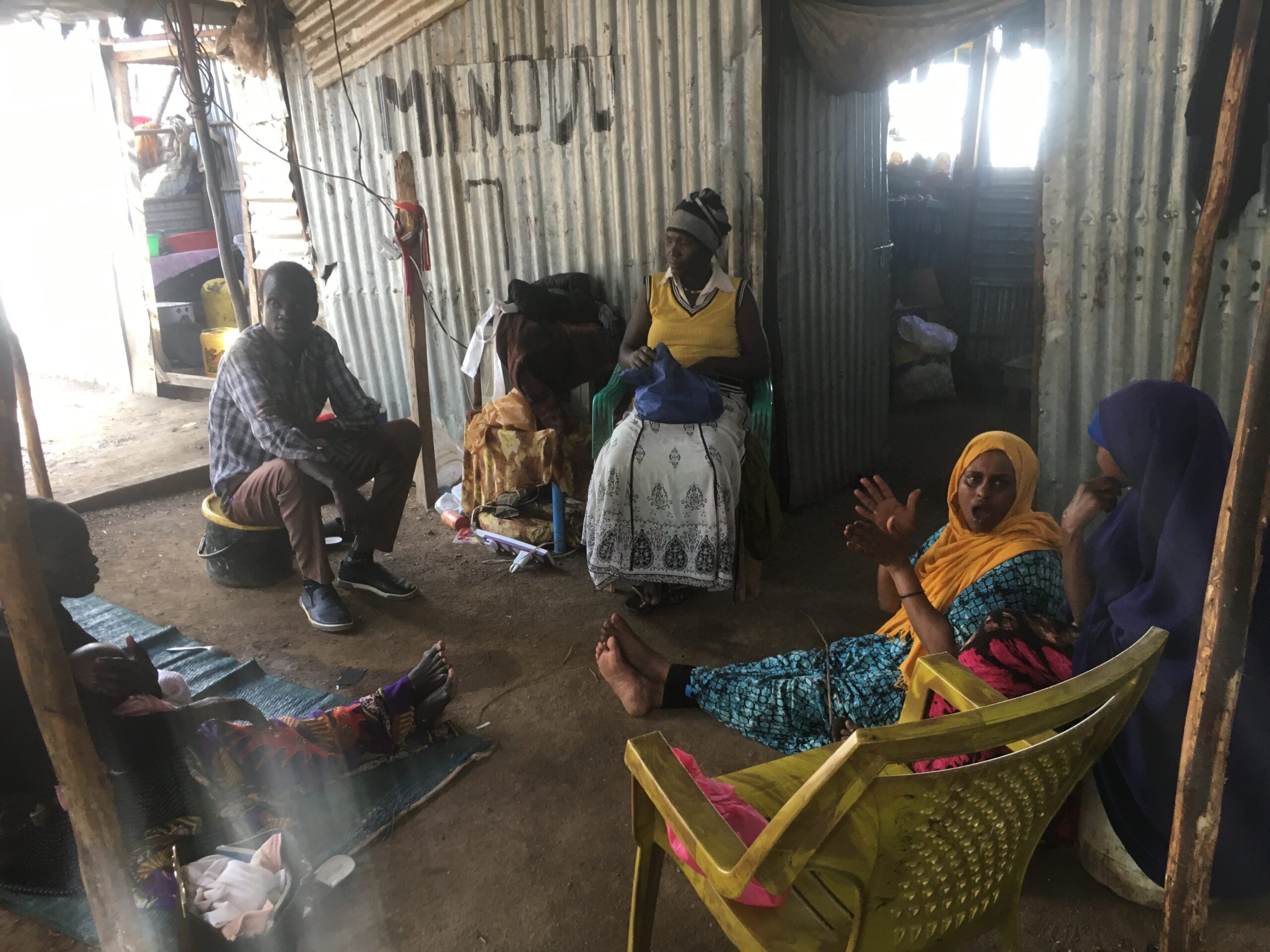
Global events (Annelies)
Having done multisited research in different international deaf work places and events (https://mobiledeaf.org.uk/professional-mobility/), I notice how people from particular countries, or people who possess or access particular forms of capital are more likely or less likely to attend events and gatherings. These forms of capital include funding they can access through sponsors or can generate themselves (economic capital), linguistic capital in the form of knowledge of eg. English and International Sign and American Sign Language and social capital build up through participation in international deaf networks. Below I offer three examples from field work in 2019.
The Winter Deaflympics in Italy was a global sports event. Athletes often are either funded, self-supporting, or combining both. The Russian contingent was by far the largest in terms of athletes (https://www.deaflympics.com/games/2019-w). The Russian government treats the Deaflympics similarly as the Paralympics and the Olympic games in terms of financially supporting athletes, and rewarding them financially after they get medals. The Russian deaf athletes were well prepared and Russia was the country winning most medals. There were also large groups from Ukraine, Kazachstan and the USA, a few South Americans, groups from several Asian countries and European countries, and none from African countries. The recent addition of chess to the Winter Deaflympics (previously only including sports on snow or ice) has resulted in a larger number of countries participating (including groups from eg. India and Brazil). The number of female athletes was low in comparison to that of male athletes: women, especially after childbirth, are generally less likely to spend significant time abroad for sports. Higher education, English/IS knowledge, or working in deaf-related professions are not a prerequisite for attending as athlete or supporter. Knowledge of International Sign is a bonus since it means better communication with technical directors and other crew members, and with athletes and supporters from other countries. However, communication and socialising were not the central goal of this sports event.

The Clin d’Oeil deaf cultural festival in Reims (https://www.clin-doeil.eu/en-gb/festival), is a growing event which initially had emerged as (and was promoted as) a European festival. Most participants at the 2019 edition seemed to be from Europe, the US, and Brazil. The number of people who had travelled from Africa and Asia seemed to be small. Performers often received funding for travel and accommodation. The festival was attended by a large audience (20,000 people over 4 days), most of whom probably funded their ticket themselves since the primary aim was entertainment. At this festival, people from a wide range of different European social networks came together (political, academic, sports, arts, youth) – it was thus a cross-network event on the European scale. People who can understand International Sign are more likely to understand the performances in which it is used (other performances were more “visual, such as dance, mime or fire shows).
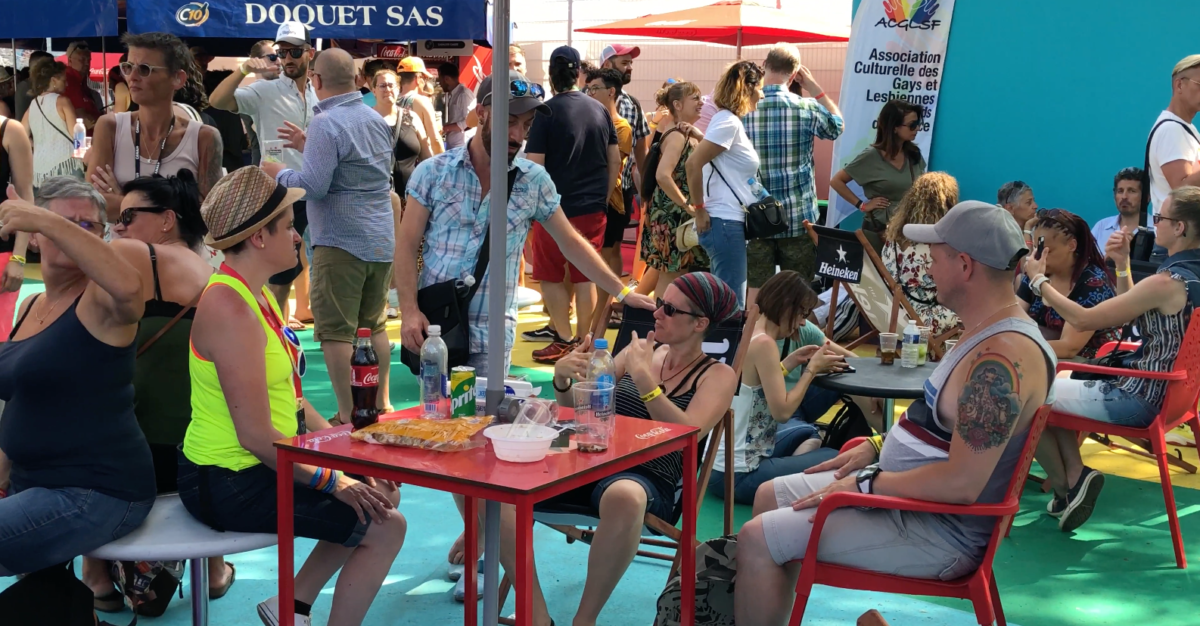
The WFD congress in Paris (https://www.palaisdescongresdeparis.com/en/site/palais-des-congres-paris/manifestation/wfd-2019-world-congress-of-the-world-federation-of-the-deaf) was visited by delegates and participants from a large number of countries from all over the world. For this political event, many delegates (whether they were presenting or exhibiting, or attended as audience only) were able to get funding from entities in their own countries (governments, NGOs, universities, workplaces) or from foreign organisations or governments. People who are active in deaf associations or engaged in other deaf-related work in their countries are generally more likely to get funding, and people are expected to participate in International Sign if they are not (able to) bring(ing) national sign language interpreters. Delegates organised regional satellite events at this global event, for example an East African group; a West & Central African group; and the Arab League, eg. by getting together in the foyer at agreed times. People from East, Central and West Africa pointed out that in Africa, it is financially challenging to organise regular regional meetings, so since delegations from a large number of African countries were present at this global event, they took this opportunity to network and strategize with people from their region in Africa.
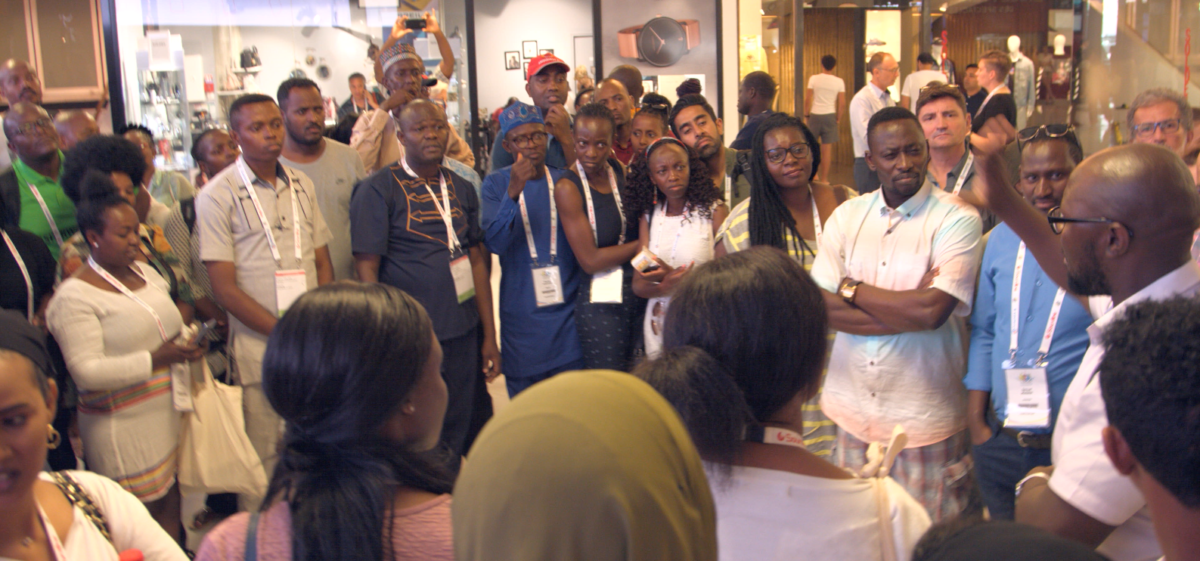
During the WFD congress, many participants from the global South pointed out they found it difficult to interact with western deaf people, who were often not interested to meet new deaf people they had nothing in common with (unless these people had high positions such as in WFD expert groups), and suspected their race and nationality played a factor in the disinterest. Also, at this event, racial and cultural diversity was obvious to the naked eye, with delegations from countries from over the world – however, this first impression glosses over the fact that people from ethnic minorities in overwhelmingly white countries are generally less mobile, as a result of structural racism and discrimination.
Summarised, different forms of economic, linguistic, social, and cultural capital played a role in how mobile people could be, in terms of physically going to an international deaf event and in terms of participating by socialising:
- Entertainment and sports seem to be less broadly financially supported (economic capital) than attending the WFD congress
- In all contexts, there were people from the global South who experienced problems getting visa for the event even if they had access to funding (economic capital); and were not able to attend the event after all.
- Relative immobility on the regional scale (eg regions in Africa) can be complemented with international exchange (expanding social capital) during a global event.
- In terms of linguistic capital, prior knowledge of International Sign and English is a pre-requisite at some events, but not at others.
- Gender and race obviously play crucial roles: there was a stark gender imbalance at the sports event, which was less strongly pronounced in other gatherings. Focusing on race only in terms of countries of origin obliviates racial inequalities in western countries.
Tourism in Bali (Erin)
In my previous work on deaf tourism, I developed the concept of “the global deaf circuit” to describe how deaf tourists intentionally seek out other deaf people and deaf spaces, such as deaf villages, deaf schools, deaf-owned businesses, and/or signing cafes (Moriarty Harrelson 2015). The glocal deaf circuit exists on different scales: it is both global and local, encapsulated in the term, glocal, which is a more nuanced way to discuss globalization, taking into consideration that globalization is not an entirely encompassing, destructive force, planting Starbucks and Burger Kings everywhere. Glocalization as a concept is perfectly encapsulated in the person of Wahyu, also known as the Bali Deaf Guide because of how he works as a “local” deaf guide in Bali and draws on a semiotic repertoire that includes International Sign, as well as several national (and hyperlocal) sign languages.
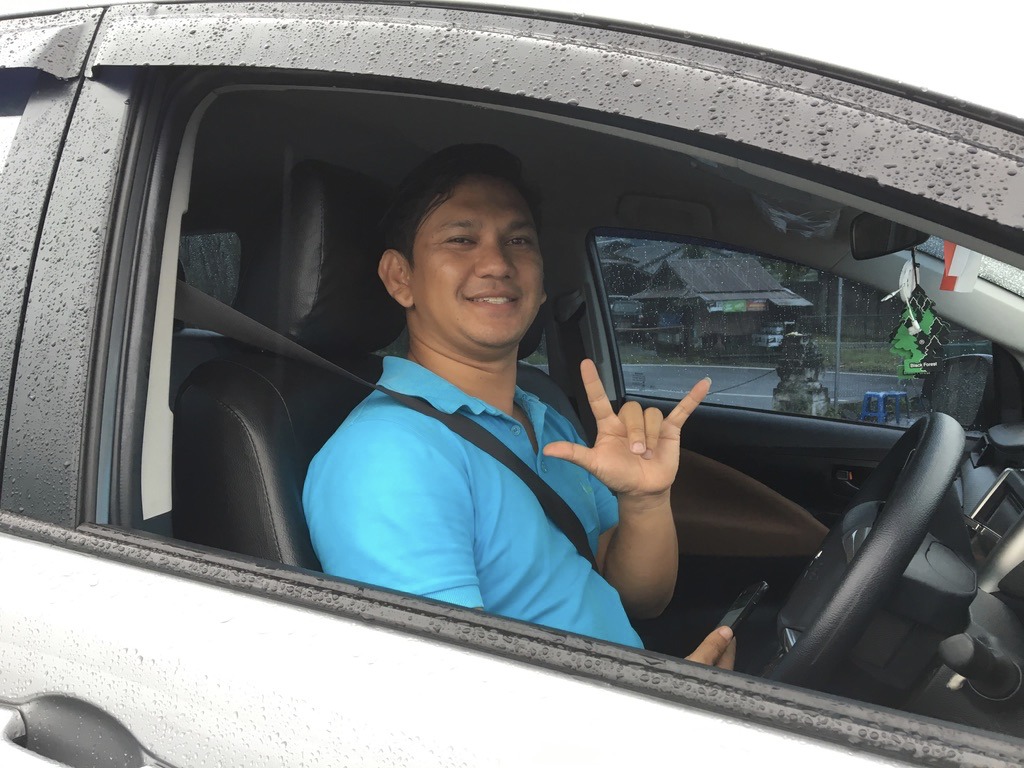
Often, when deaf people talk about glocalization (not necessarily using the English term), they talk about it in terms of inequalities in deaf mobility and capital, such as less documented or smaller sign languages, financial resources, concepts such as deaf gain and having a Deaf identity). The mobility of sign languages is frequently framed as ASL colonization (or imperialism) (https://mobiledeaf.org.uk/expose/) or as deaf mobility/immobility but in reality, it is much more nuanced. For example, Wahyu is hypermobile within Bali (unless he is stuck in Canggu-Kuta traffic), traveling from the bottom of Bali, where he lives, to the very top, where the deaf village (a popular stop for deaf and hearing tourists, both) (https://mobiledeaf.org.uk/deafvillage/). Wahyu also literally frequents the glocal deaf circuit in Bali, from the school for the deaf in Jimbaran to the signing Burger King in Denpasar, then to the deaf village, often stopping at a waterfall on the way.
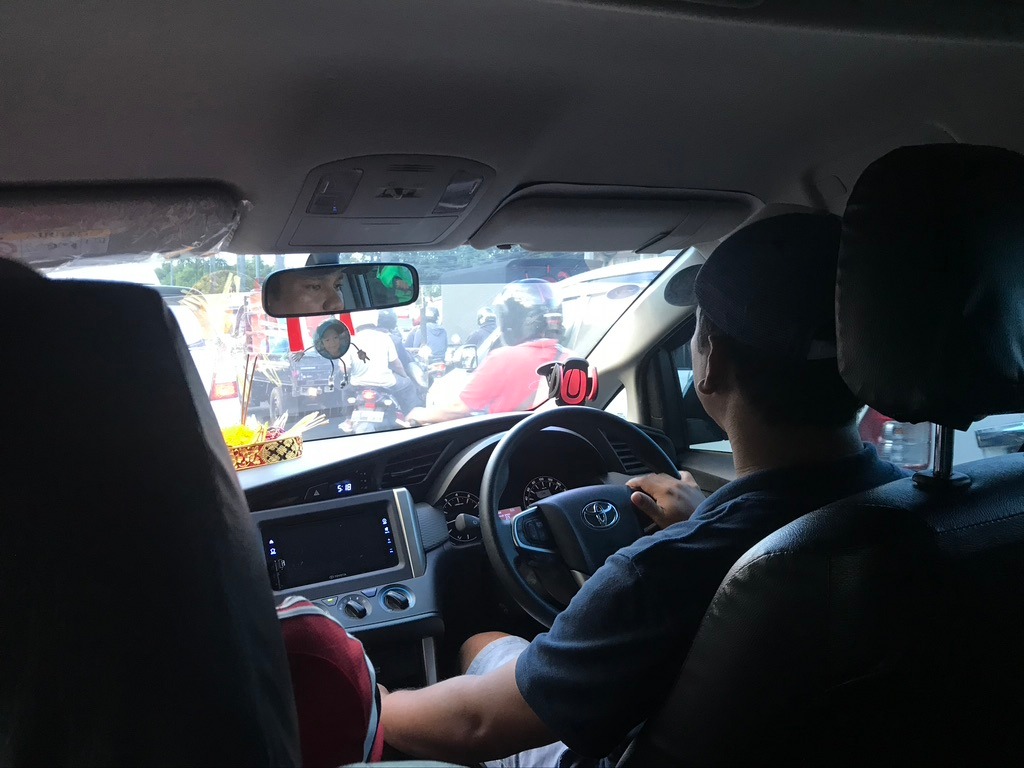
In all of those places, deaf tourists interact with deaf people who live in Bali in sign language, thus, these situations are more often than not, language contact situations. Some of the younger people in the deaf village have learned International Sign from the tourists who visit them; older students and staff at the deaf schools in Denpasar and Jimbaran have learned some Auslan, IS and/or ASL, either from visiting the United States during an exchange program sponsored by the US Embassy in Indonesia, or from the tourists who visit the school.
Mobility and immobility is a continuum; deaf people and sign language resources travel at different levels. These different levels of mobility result in traces left behind, in the form of signs from different national sign languages and ideas about deaf people, as well as sign languages. For example, Wahyu is a polyglot who draws on a repertoire that includes ASL, Auslan, Bisindo, BSL, Chinese Sign Language, Kata Kolok, and so on. Wahyu is hypermobile in Bali and cosmopolitan in his language use, as well as his knowledge about the preferences of different tourists of different ages and nationalities but he does not have the same global mobility as a deaf person with an European or United States passport.
Conclusion
In all of the examples we discussed, there are different scales of mobility that are all interrelated and involve different forms of capital. The values of the various forms of capital we have discussed here, e.g. linguistic, social, and symbolic, change in different contexts (or rather, fields, to use the Bourdieuisan term). The different fields in each of our projects each have different forms of agency and associated practices.
Reference
Moriarty Harrelson, E. (2015). same-same but Different: Tourism and the Deaf Global Circuit in Cambodia. In M. Friedner and A. Kusters (Eds.) It’s a small world: International deaf spaces and encounters (pp. 199-211). Gallaudet University Press.







